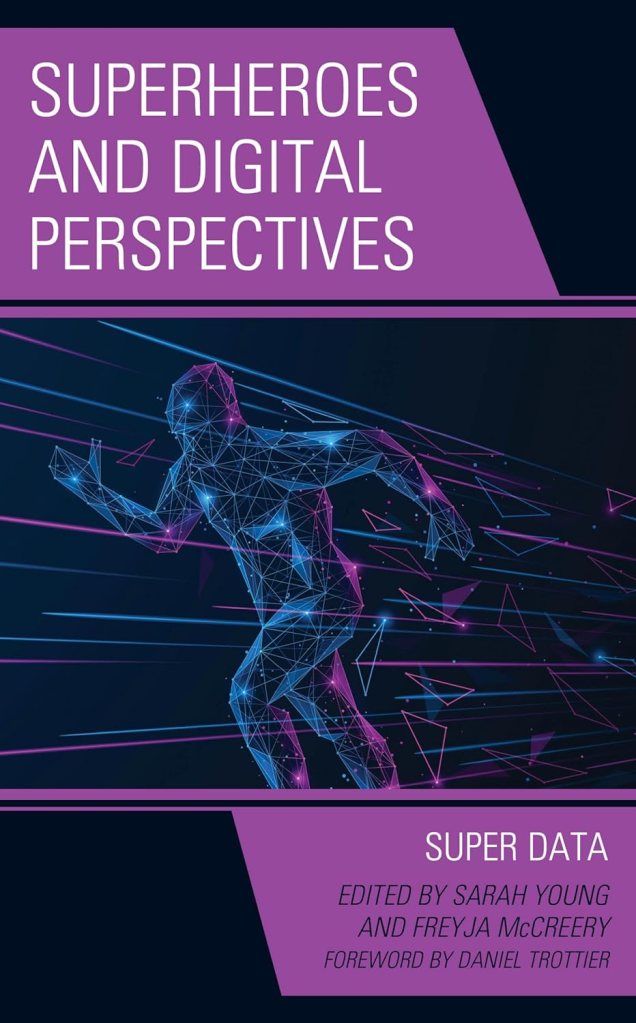
In part, this essay is prompted by Martin Flanagan, Mike McKenny, and Andy Livingstone’s observation in 2017 of ‘a position that Marvel’s videogame division finds itself occupying: a vulnerable and problematic space with regard to the accepted, credible and canonical structures of the MCU [Marvel Cinematic Universe], potentially invoking the failed status of a franchise ‘parasite’’. In their study, they conclude that ‘videogames are where the MCU expansion has become unstuck by the failure to negotiate medium specificity’. These comments are made explicitly in regard to the digital tie-in titles made to accompany the MCU movies. Nevertheless, since the release of Spider-Man (1982), it is this same tension between the culturally ‘accepted, credible and canonical’ parameters and elasticity of the licenced Marvel brands from which they are adapted, and received, alongside their medium specificity – the qualities that both limit and give expression to the purely digital bodies and new capabilities of the superheroes – which Marvel video games are expected to ‘negotiate’.
The purpose of this chapter will be to examine and situate the industrial conditions and cultural developments that have created a perceived ‘failure’, to explore the direct effect that these shifting processes have had on the digital representation of Marvel superheroes in video games over time, and to consider the implicitly linked historical contexts through which there has been a perpetual absence of any kind of official approach towards the formation of a Marvel Video Game Universe (MVU). The superhero body is both a fluid and tethered site on which meaning can be transcribed and disseminated, and in this essay, I will investigate three distinct periods, or historic “Phases”, to borrow from the MCU, that I have identified, which categorise Marvel video game development between 1982 and the conclusion of Phase One of the MCU in 2012, these being: Origins (1982-1983), Competition (1984-2006), and Franchise Tenants (2007-2012).
Using the Star Wars franchise as a case study, Anthony N. Smith ‘demonstrates how medium-specific industrial conditions influence distinct approaches to narrative design. It also confirms the need to account, via a cultural approach to media, for cultural variability within a given medium’ (Smith 2018: 41). Using Smith’s approach, this essay is the first serious consideration and explanation of the first three Marvel video game periods in context with one another; it will explore the evolving conditions that gave rise to variable digital body use within these titles over a thirty-year period and will conclude with a brief examination of post-MCU Phase One landscapes of production and a proposal of how such medium specific digital bodies, built on the foundations of these early Phases, may be culturally shaped in the near future.
Phase One: Origins.
Phase One is defined by two video games: one title was produced with a DC Comics licence and it produces context for the second title, which is the sole Phase One video game that was made with a Marvel licence. The divergent ways in which these games were created and promoted, not only show two distinctive directions that affect depictions and functions of the hero body within these initial games, but they also indicate the early marketing strategies and development templates that would directly affect the subsequent trajectory of digital hero production across Phase Two and Three.
The first superhero video game to be released was Superman (1979) for the Atari Video Computer System. Warner Communications, Inc. owned DC Comics, Warner Bros. Pictures, Inc., and in 1976, they also added Atari, Inc., to their list of subsidiaries. Making an adaptation of the movie Superman (1978), one might expect the game to include visual and story references to the Superman film, and attempt to make this specific version of Superman, as acted by Christopher Reeve, playable. However…
The full 8,000 word version of this chapter is published in Superheroes and Digital Perspectives: Super Data, edited by Sarah Young and Freyja McCreery, published by Lexington Books, 2024.